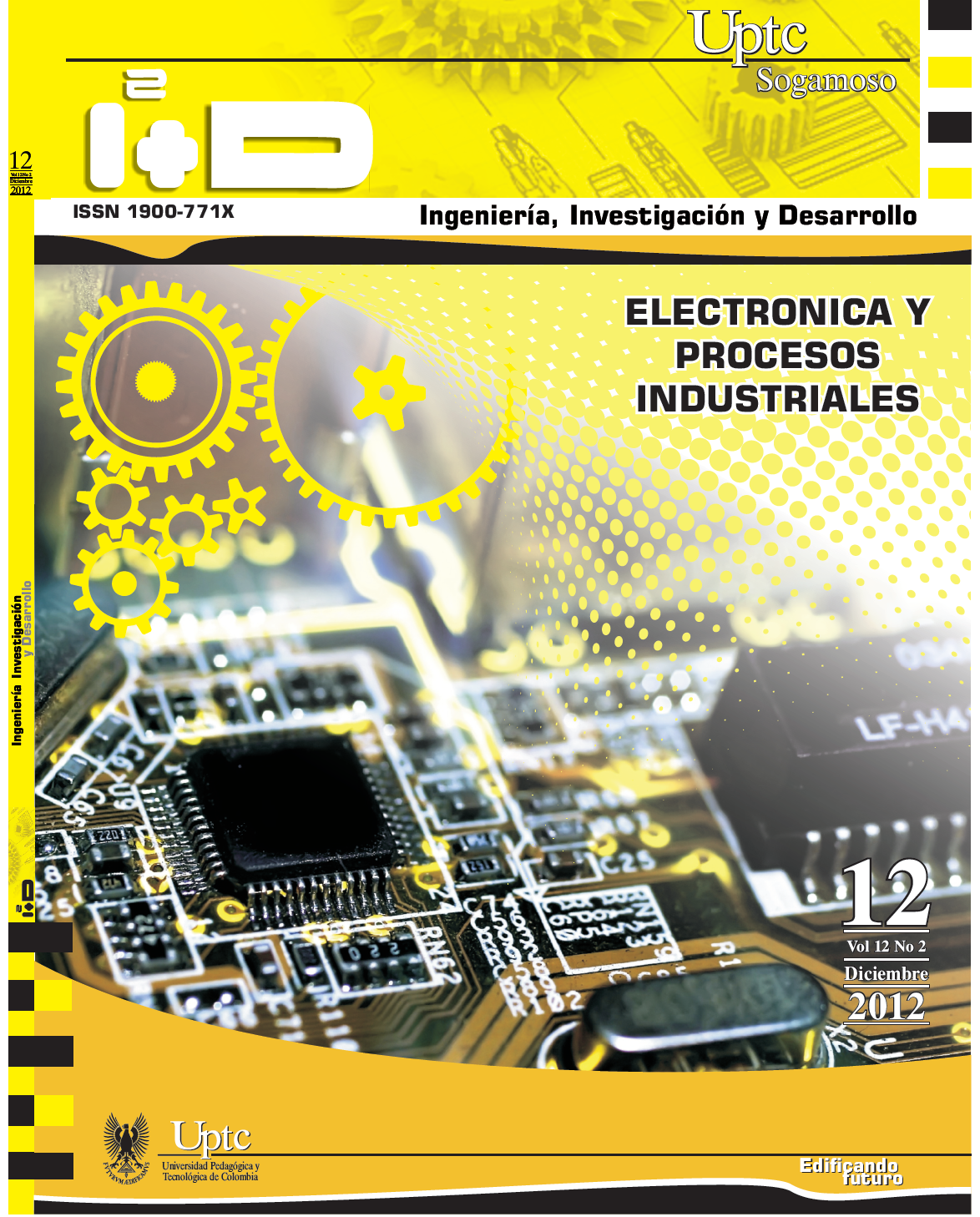Integral process of obtaining glycerol as a by-product of biodiesel production from castor oil

Abstract
The biodiesel is obtained from about 10 years ago in Europe, and now that it has taken hold as fuel for diesel engines, it is expected a clear increase in the production of this class of fuels in a the near future. The biodiesel is derived from the transesterification reaction of castor oil with methanol, which is the main by-product the glycerol with an approximate content of 10%. Besides catalyst residuals, soaps, methanol traces, mono and diglycerides in small percentages are presented. This study proposes the separation, purification and characterization of the glycerol obtained from the transesterificación reaction of the castor oil, in order to be able to market it in the national or international market, so that it fulfills the standards of quality, which means getting a pure glycerol and the appropriate physico-chemical characteristics and techniques. The glycerin-methyl esters separation is carried out by decantation being obtained a percentage of around 70% glycerol. This percentage is subsequently increased through the purification process, using hydrochloric acid. Glycerol characterization was carried out by physicochemical and organoleptic tests. The purification process allowed us to obtain a glycerol with a percentage of purity close to 98%. It was also tested by comparison with theoretical data that remnants influenced in the physiochemical properties
Keywords
glycerol, obtaining, purification, separation, characterization, castor oil
References
- Adeeb, Z. (2004): Glycerol delignification of poplar wood chips in aqueous medium. Energy Educ Sci Technol, 13, pp. 81–8.
- Agudelo, J. R., Sánchez, C. A., Bedoya, I. D. & Sepúlveda, C. (2003): Biodiesel a partir de materias primas autóctonas parte 2: pruebas mecánicas.
- Aracil, J. (2003): Proceso UCM de producción de biodiesel materias primas adicionales. Madrid: Universidad Complutense de Madrid.
- Conceio, M. M., Fernandes, V. J. Jr., Bezerra, A. F., Silva, M. C. D., Santos, M. G., Silva, F. C. & Souza, A. G. (2007): Dynamic kinetic calculation of castor oil Biodiesel, Journal of Thermal Analysis and Calorimetry, 87 (3), pp. 865–869.
- Doran, P. M. (2001): Principios de ingeniería de los bioprocesos. Zaragoza, España: Acribia.
- Galdeano, J. L. (2005): Documento de síntesis del proyecto básico medioambiental para una planta biodiésel en Punta Sollana
- Zierbena. Recuperado de http://www.ingurumena.ejgv.euskadi.net/.../planta_
- biodiesel_moyresa/eu_moyresa/adjuntos/Documento Sintesis.doc
- Germen, J. V. (2005): Biodiesel processing and production. Fuel Processing Technology 86,1097–1107.
- Pachauri, B. H. (2006): Value-added utilization of crude glycerol from biodiesel production: a survey of current research activities. St. Joseph, Michigan: American Society of Agricultural and Biological Engineers ASABE.
- Pagliaro, M. (1998): Nuovo metodo per convertire la glicerina in un prezioso fine chemical.